Your cart is currently empty!
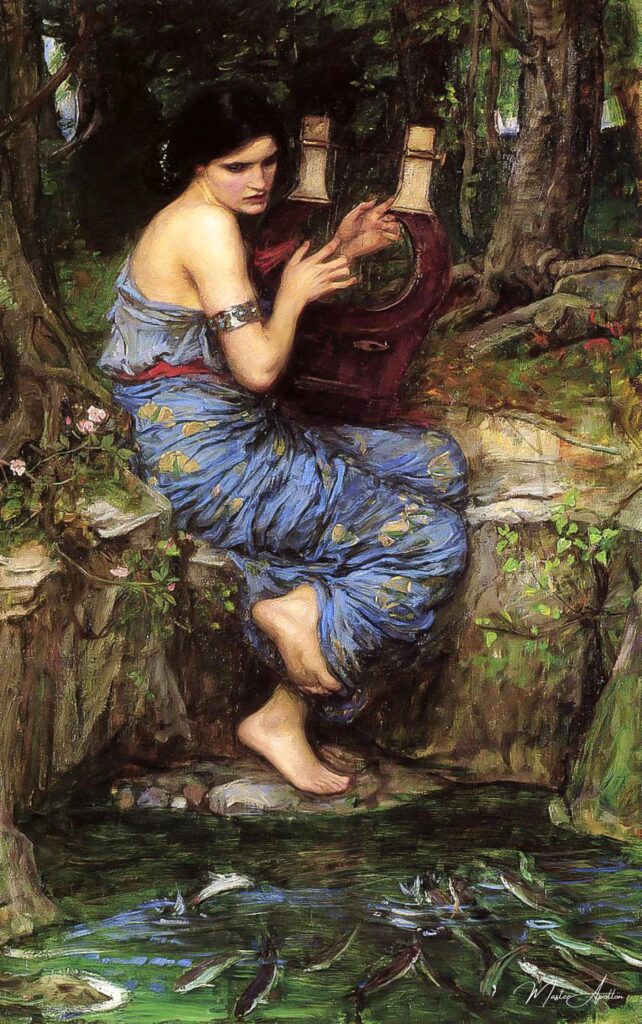
The Charmer – John William Waterhouse
Immerse yourself in the enchanting world of John William Waterhouse with our highest quality oil painting reproduction of “The Charmer.” This exquisite piece captures the essence of romantic allure and mystique, inviting you to experience the spellbinding moment where beauty and enchantment intertwine.
Every brushstroke is a testament to the masterful technique of Waterhouse, bringing to life…
The Charmer – John William Waterhouse
John William Waterhouse’s The Charmer (1911) is a mesmerizing painting that encapsulates the artist’s lifelong fascination with mythological and magical themes. This late work reveals his continued mastery of storytelling, blending vivid symbolism, emotional resonance, and technical excellence.
Overview
The Charmer portrays a young woman seated in a lush, natural setting, holding a musical instrument—likely a lyre or harp—and surrounded by coiled serpents. Her gaze is captivating, almost hypnotic, as though she is casting a spell on her audience. The painting exudes mystery, drawing viewers into its enigmatic world of allure and power.
Composition and Details
1. The Central Figure
The woman in The Charmer is a quintessential Waterhouse muse: beautiful, enigmatic, and powerful. She exudes a quiet confidence, her posture relaxed yet commanding. Her flowing hair and ornate, classical dress suggest an otherworldly or mythological identity.
2. The Setting
The lush landscape is a hallmark of Waterhouse’s later works, filled with intricate details of foliage and natural beauty. The snakes slithering around her add a sense of danger and intrigue, reinforcing her role as a figure of control and mysticism.
3. Symbolism of the Serpents
The serpents are a central element of the painting’s symbolism. Often associated with wisdom, danger, and the supernatural, the snakes suggest the woman’s connection to ancient, arcane powers. They could also represent her ability to charm and manipulate, much like the mythical Orpheus or biblical Eve.
4. Musical Motif
The lyre or harp in her hands emphasizes the theme of enchantment. In mythology, music often holds the power to beguile and control, from Orpheus charming the underworld to the sirens luring sailors to their doom. In The Charmer, the woman’s music likely plays a central role in her power.
Themes and Interpretations
1. The Power of Women
As with many of Waterhouse’s works, The Charmer explores the theme of female power, particularly through intellect, art, and mysticism. The woman is both captivating and commanding, embodying a blend of beauty and danger.
2. Nature and the Supernatural
Waterhouse often blurs the line between the natural and the supernatural. In The Charmer, the idyllic natural setting serves as a backdrop to a scene of magical power, suggesting a world where the mystical and the everyday coexist.
3. The Duality of Allure
The painting invites viewers to consider the dual nature of charm—its ability to attract and to manipulate. The woman’s serene expression and the serpents at her feet highlight the tension between beauty and danger.
Artistic Style
Waterhouse’s Pre-Raphaelite influences shine through in The Charmer, from the meticulous attention to detail to the romanticized depiction of nature. The interplay of light and shadow adds depth to the composition, while the rich colors create a warm, inviting atmosphere.
The painting also reflects Waterhouse’s fascination with mythology and storytelling, combining classical elements with his signature romanticism.
Legacy
The Charmer is one of Waterhouse’s later works, created near the end of his illustrious career. It reflects his enduring interest in the themes of enchantment and the mystical power of women, which had defined much of his oeuvre.
Though not as widely recognized as some of his earlier works, The Charmer continues to captivate art lovers with its intricate details and evocative themes. It serves as a testament to Waterhouse’s ability to create timeless, thought-provoking art.
Conclusion
John William Waterhouse’s The Charmer is a masterpiece of storytelling and symbolism. Through its central figure of a mysterious, enchanting woman, the painting delves into themes of beauty, power, and the supernatural. As a work of art, it not only showcases Waterhouse’s technical brilliance but also his profound understanding of human emotion and mythology. The Charmer invites viewers into a world of wonder and intrigue, leaving them spellbound by its magic.
John William Waterhouse
John William Waterhouse was a British painter known for his enchanting depictions of mythological and literary themes, characterized by rich colors, emotional depth, and a focus on female figures that often evoke a sense of longing and beauty.
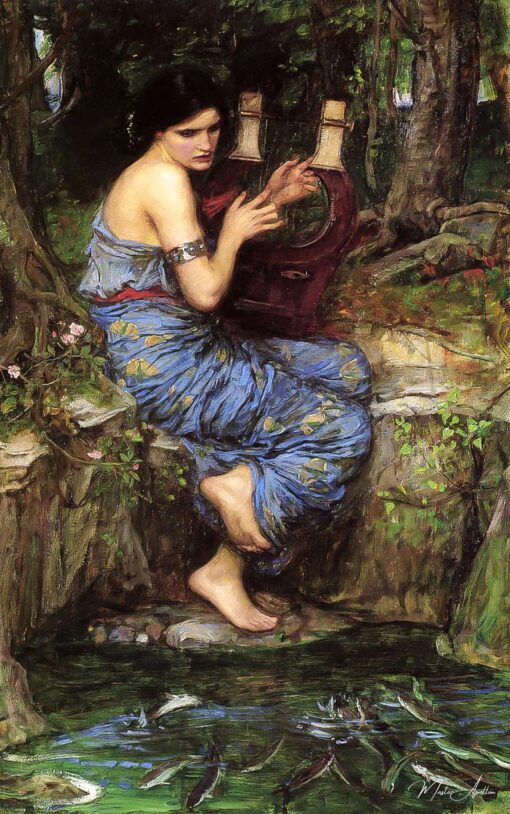
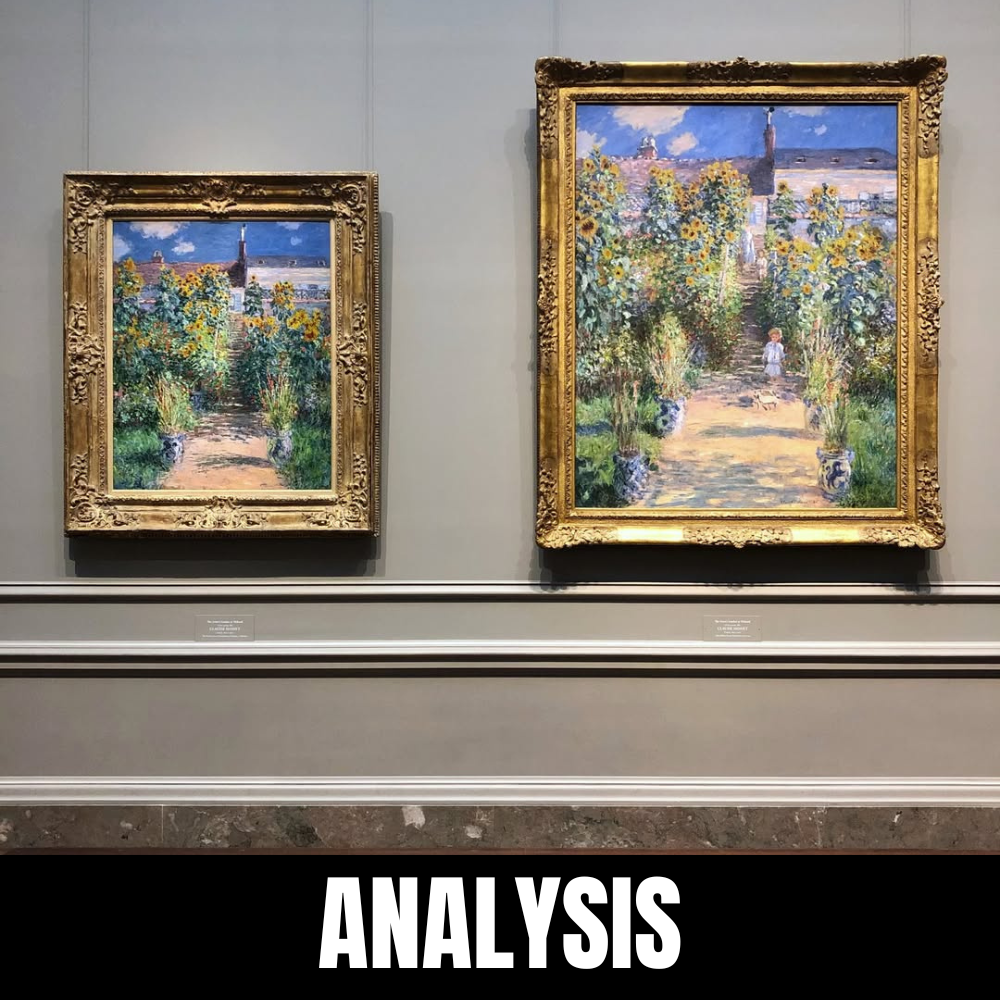
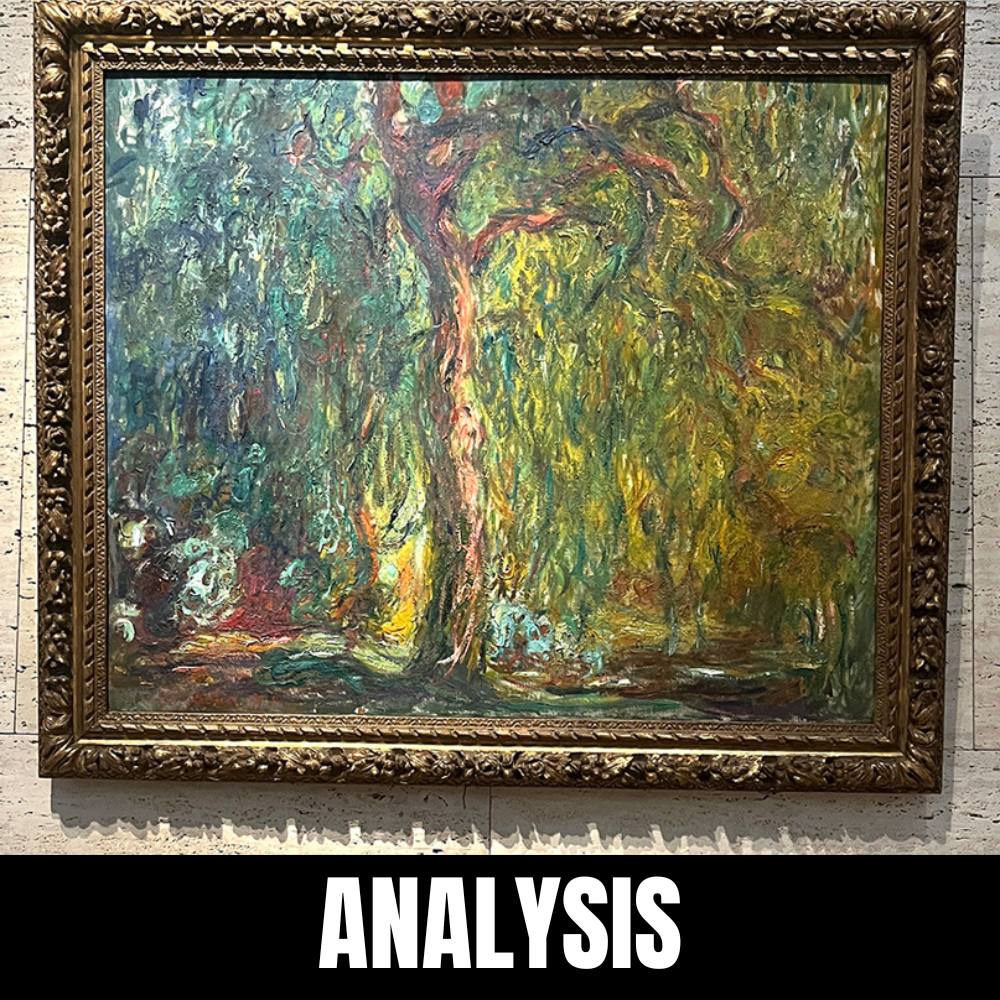

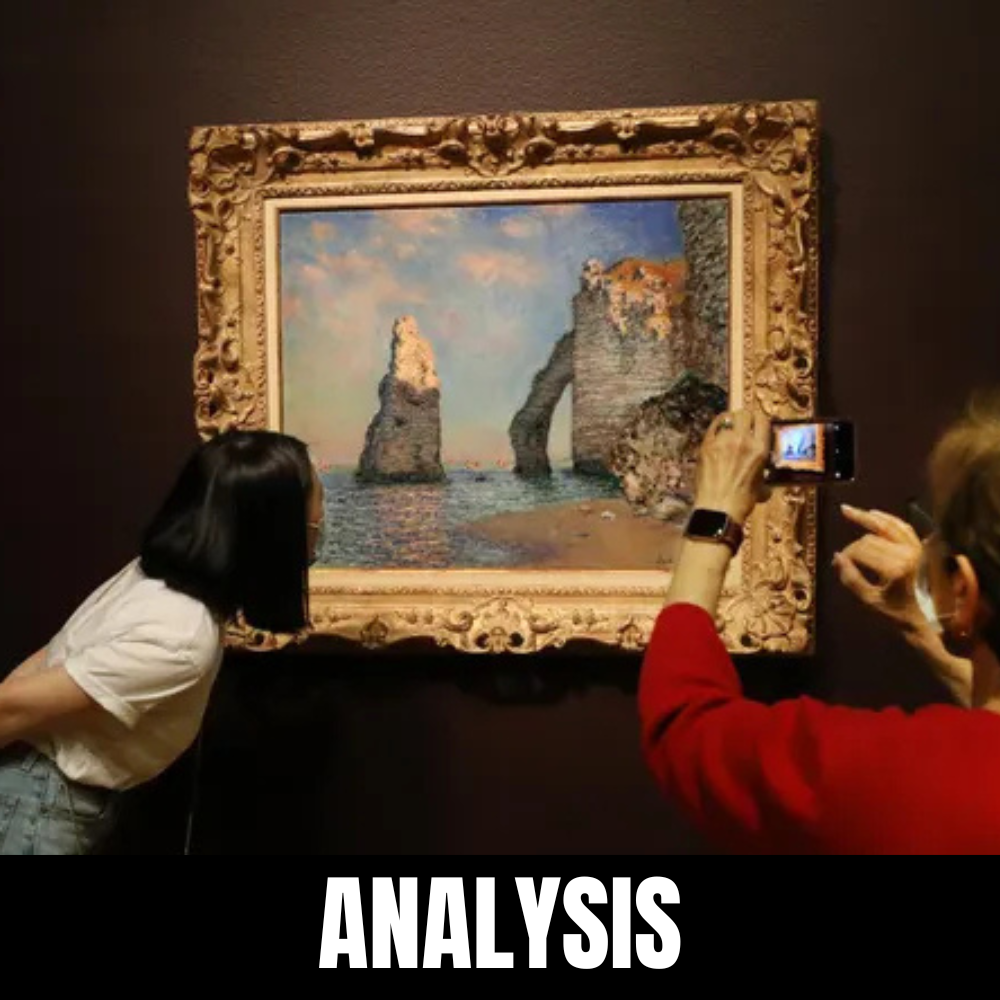
Leave a Reply